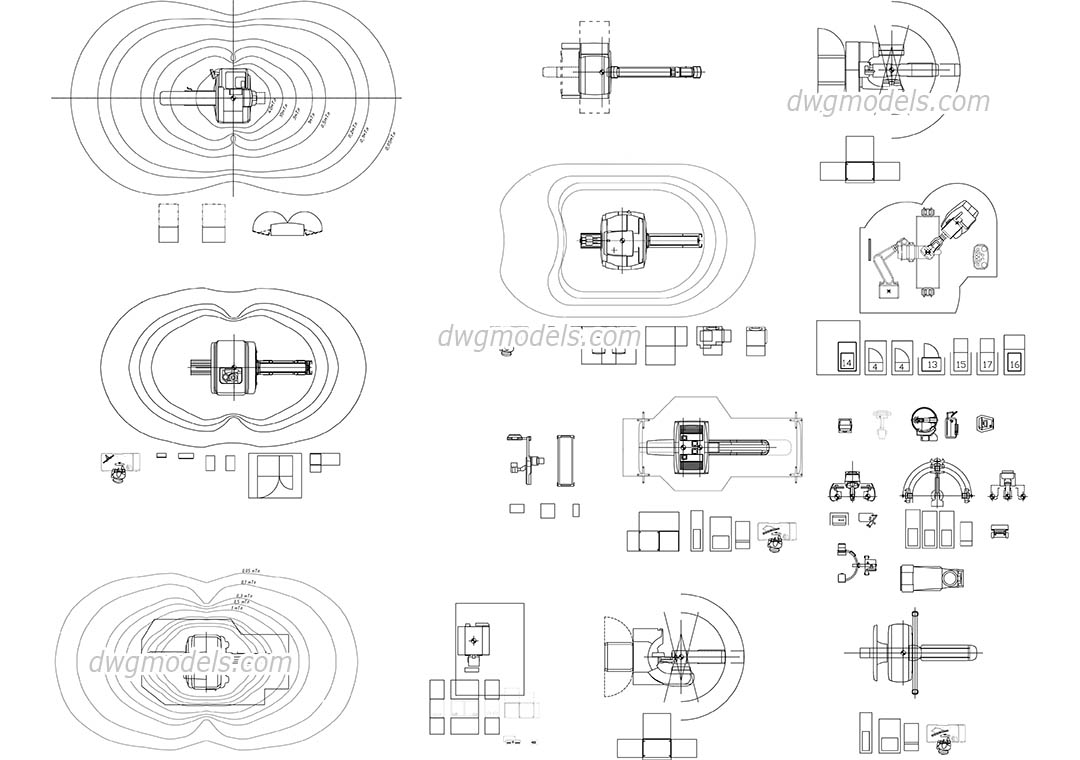
Worried about your heart health? Visit our appointments page to see a Central Georgia Heart cardiologist. See this article about foods that lower your cholesterol. As plaque continues to collect on your artery walls, your arteries narrow and stiffen. Plaque consists of cholesterol, fatty substances, waste products, calcium and the clot-making substance fibrin. Atherosclerosis is the buildup of plaque inside your arteries. Exercise, a diet low in sodium and fats can help prevent a build-up of plaque. Coronary artery disease is caused by atherosclerosis. Staying informed about your risks in the first step.


A scanner is placed in the patient's mouth with digital impressions and moved around the affected area - like waving a magic wand. The traditional method requires the patient to place a tray with a thick, gooey material - called alginate - in their mouth and hold for two to five minutes until the material sets. If you've ever had a conventional impression, you immediately understand the benefits of a digital system.
#CAD MEDICAL PROFESSIONAL#
With CAD/CAM technology, the dental professional can sometimes complete all these steps in a single visit, allowing for fewer disruptions in your schedule. Using traditional laboratory methods, your dentist or prosthodontist would prepare your tooth, make an impression, and send the impression to a lab to create the final restoration.

Some of the significant advantages include: The use of CAD/CAM technology provides benefits not only for dental professionals but also for patients. Still, CAD/CAM requires less time and effort than traditional laboratory methods. This whole process could take anywhere from 45 minutes to two hours, depending on the case's complexity. Finally, the restoration is permanently placed in your mouth to complete your smile. The restoration is stained or glazed to look more natural before being polished. Next, a milling machine takes the design and shapes the crown, veneer, inlay, onlay, or bridge from a single block of ceramic.
#CAD MEDICAL SOFTWARE#
With those 3D images, the dental professional will use the CAD software to design the final restoration. Next, an optical scanner will digitally capture the tooth preparation and surrounding teeth to create a 3D custom image. Your dental professional will prepare the site for your restoration by removing all decay or portions of the structurally unsound tooth. Here's what to expect from a restoration procedure using CAD/CAM. Both dental practices and laboratories use CAD/CAM technology to construct restorations like crowns, inlays, onlays, veneers, bridges, dentures, and implant-supported restorations from high-strength ceramic. Understanding Digital Dentistry and the CAD/CAM ProcessĬAD/CAM dentistry describes the software that makes it possible for dental professionals to perform complex restorations faster, more efficiently, and sometimes more accurately.


 0 kommentar(er)
0 kommentar(er)
